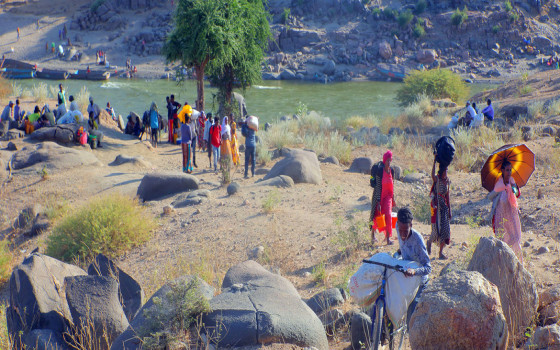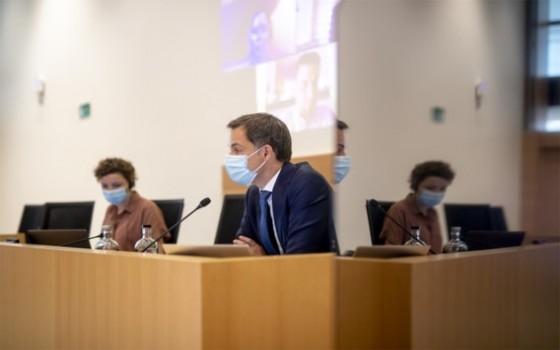
United Nations: 700 million people live in extreme poverty, most of them in sub-Saharan Africa

- Europe and Arabs
- Saturday , 1 April 2023 15:29 PM GMT
Brussels: Europe and the Arabs
A bulletin on the United Nations website said that the number one goal of the Sustainable Development Goals is to end poverty. “Globally, the number of people living in extreme poverty has fallen from 36 percent in 1990 to 10 percent in 2015,” the statement said. But the pace of change is slowing, and the COVID-19 crisis risks reversing decades of progress in fighting poverty.New research published by the United Nations University's Global Development Economics Research Institute warns of the economic fallout from the global pandemic that could increase poverty This will be the first time that global poverty has increased in thirty years, since 1990.
More than 700 million people, or 10 percent of the world's population, still live in extreme poverty today, struggling to obtain basic needs such as health, education, water and sanitation, to name a few. Most people living on less than $90.1 a day live in sub-Saharan Africa. The poverty rate in rural areas is 2.17 percent worldwide — more than three times higher than in urban areas.
Insert a Decade of Action to Fight Poverty card - or a SDG card
For those who work, having a job does not guarantee a decent life. In fact, 8 percent of employed workers and their families around the world lived in extreme poverty in 2018. One in five children live in extreme poverty. Ensuring social protection for all children and other vulnerable groups is critical to reducing poverty.
In terms of numbers, the UN Bulletin said:
A tenth of the world's population (10%, or 700 million) still live in extreme poverty on less than $2 a day.
A job does not mean that an individual can live a decent life. In fact, 8% of employees and their families worldwide experienced extreme poverty in 2018.
Globally, 122 women (age 25-34) live in extreme poverty, compared to 100 men of the same age group.
The vast majority of those living on less than $2 a day are from sub-Saharan Africa.
High poverty rates are often found in small, fragile and conflict-affected countries.
Poverty affects children disproportionately, with one in five children living in extreme poverty.
By 2018, 55% of the world's population lacked social protection.
In 2018, only 41% of births enjoyed financial benefits for mothers.












No Comments Found